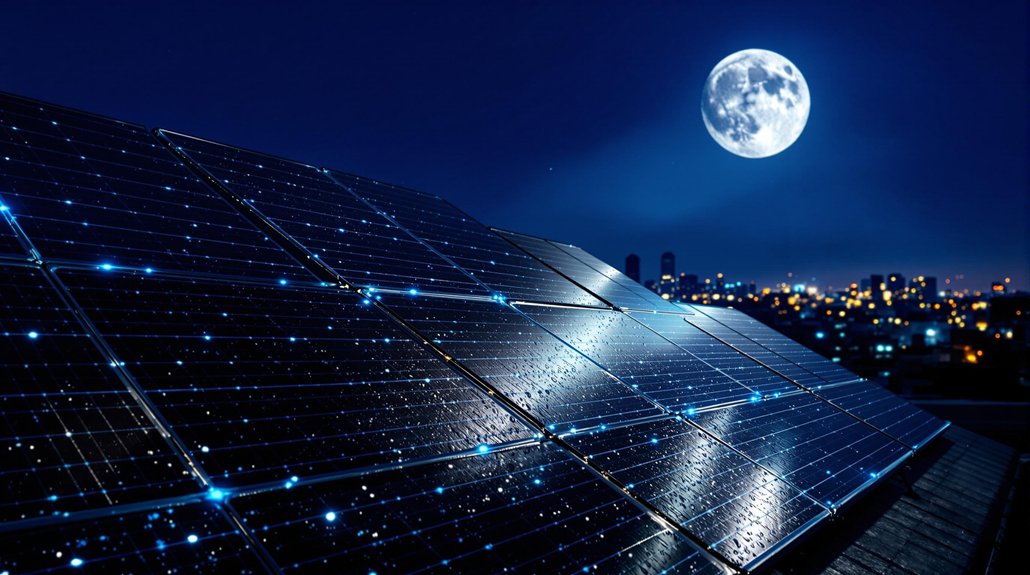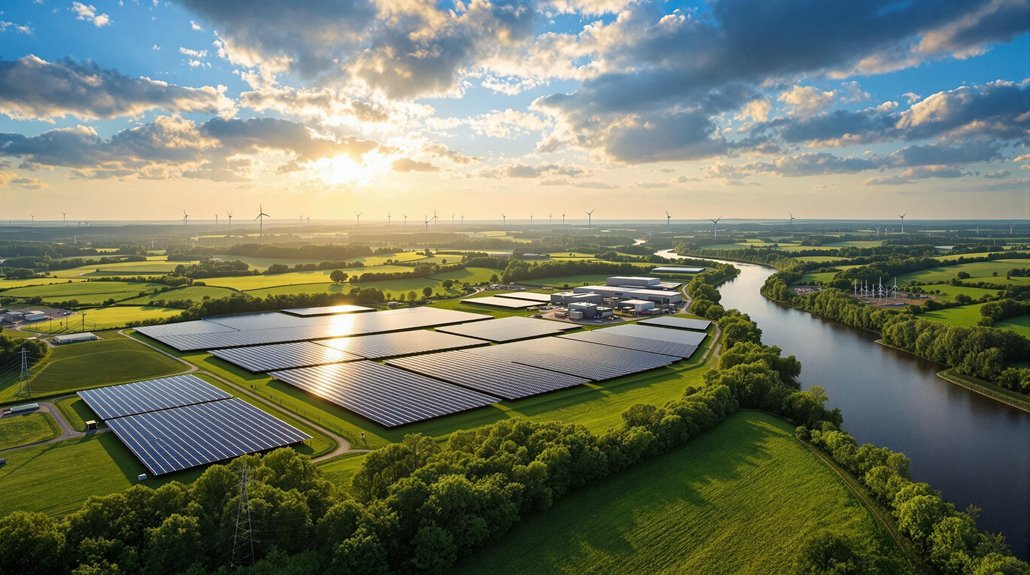Stanford scientists have developed solar panels that can generate electricity at night. Unlike traditional panels that only work during daylight, these modified systems use thermoelectric generators to capture energy from temperature differences between the cooling panel and night air. The panels emit infrared radiation after dark, creating a small electrical current of about 50 milliwatts per square meter. This innovation could power low-energy devices when the sun isn’t shining. Further developments may transform our approach to continuous renewable energy.
While traditional solar panels are designed to convert sunlight into electricity during daylight hours, recent innovations have opened up possibilities for generating power after sunset. Researchers at Stanford University have developed a modified solar panel system that can produce small amounts of electricity at night, offering a glimpse into the future of round-the-clock solar energy.
Standard solar panels typically stop working when the sun goes down. They don’t generate meaningful electricity from moonlight or artificial lighting, as these light sources are about 350,000 times weaker than direct sunlight. This limitation has always meant solar power users needed alternative energy sources for nighttime use.
Solar technology’s age-old challenge: darkness renders panels dormant, forcing reliance on alternative power sources.
The breakthrough from Stanford engineers doesn’t rely on light at all. Instead, it uses thermoelectric generators that capture energy from temperature differences between the cooling solar panel and the surrounding night air. As heat leaves the panel after sundown, this temperature gradient creates a small but measurable electrical current.
This process works like a reverse of daytime solar generation. During the day, panels absorb photons to create electricity. At night, they emit photons as infrared radiation, and this heat flow can be harnessed. The amount of power generated is still very low compared to daytime production, but it demonstrates an entirely new approach. Solar panels require sunlight to dislodge electrons and create electron flow, which is why traditional systems cannot generate power at night.
For most homeowners with solar panels, the practical solution for nighttime power remains either battery storage or grid connection. Battery systems store excess daytime electricity for evening use, while grid-tied systems allow users to feed excess power to utilities during the day and draw from the grid at night.
The thermoelectric innovation is still in early development and isn’t commercially viable yet. However, it represents one of several paths researchers are exploring to maximize solar energy’s potential.
As technology advances, solar power’s reliability continues to improve, bringing us closer to truly sustainable energy systems that work around the clock, regardless of whether the sun is shining. Unlike geothermal energy with its 96% capacity factor, solar power currently has significant downtime without supplemental technologies. The modified panels can generate approximately 50 milliwatts per square meter at night, which could be suitable for low-power applications like sensors or small lighting.








